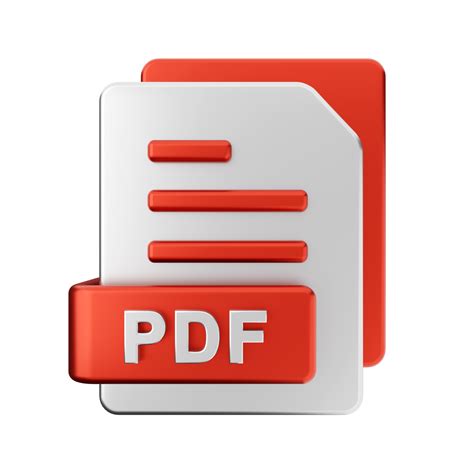How are iron ore pellets made
 Hydrogen Ironmaking: How It Works - ResearchGate)
WebStockpiles of iron ore pellets like this one are used in steel production. Iron ore being unloaded at docks in Toledo, Ohio. Iron ores [1] are rocks and minerals from which metallic iron can be economically extracted. The … Pelletizing is the process of compressing or molding a material into the shape of a pellet. A wide range of different materials are pelletized including chemicals, iron ore, animal compound feed, plastics, waste materials, and more. The process is considered an excellent option for the storage and transport of … Ver mais Pelletizing iron ore is undertaken due to the excellent physical and metallurgical properties of iron ore pellets. Iron ore pellets are spheres of typically 6–16 mm (0.24–0.63 in) to be used as raw material for Ver mais In the field of medicine, pelletization is referred to as the agglomeration process that converts fine powders or granules into more or less spherical pellets. The use of the technology … Ver mais Wood pellets made by compressing sawdust or other ground woody materials are used in a variety of energy and non-energy applications. … Ver mais Pelletizing of animal feeds can result in pellets from 1.2 mm (0.047 in) (shrimp feeds), through to 3–4 mm (0.12–0.16 in) (poultry feeds) up to 8–10 mm (0.31–0.39 in) (stock feeds). … Ver mais • Blast furnace • Iron ore • Nurdle (bead) • Pellet (disambiguation) Ver mais
How are iron ore pellets made
Did you know?
WebHow Steel Is Made. Steel is primarily produced using one of two methods: Blast Furnace or Electric Arc Furnace. The blast furnace is the first step in producing steel from iron … WebIron ore pellet reduction experiments were performed with pure hydrogen (H2) and mixtures with carbon monoxide (CO) at different ratios. For direct reduction processes …
WebHá 1 dia · Three types of fired VTM pellets, PA, PB and PC, with the high compressive strength greater than 2500 N/pellet and size of 10-12.5 mm, were employed in this study. Table 1 lists the main chemical compositions of three types of VTM pellets. As can be seen, the TiO 2 contents of PA and PB are 13.02% and 11.70%, respectively, which belong to … WebRaw material for pellets is produced by crushing and grinding low-grade iron ores—typically of the taconite class and finer than 325 mesh (0.044 mm)—and magnetically separating …
Web29 de mai. de 2024 · High-phosphorus iron ore is not used because of its high phosphorus content. Phosphorus is mainly present in fluorapatite. In this work, the phosphorus vaporization that occurs during the carbothermal reduction of fluorapatite was investigated. The thermodynamic principle of vaporization, which removes phosphorus during …
WebThe taconite powder with the iron in it is called concentrate. Pellets The concentrate (the wet taconite powder) is rolled with clay inside large rotating cylinders. The cylinders …
WebDirect reduced iron (DRI), also called sponge iron, is produced from the direct reduction of iron ore (in the form of lumps, pellets, or fines) into iron by a reducing gas or elemental carbon produced from natural gas or coal.Many ores are suitable for direct reduction. Direct reduction refers to solid-state processes which reduce iron oxides to metallic iron at … can hackers access my phoneWebIron Ore Pellets are formed from beneficiated or run of mine iron fines. The iron is usually ground to a very fine level and mixed with limestone or dolomite as a fluxing agent and … fit construction workerWebSamarco historically has been the Brazilian iron ore producer most closely identified with DR-grade pellets. Production totaled 24 million tons in 2014 and 24.6 million tons in … fit content to screenWebinclude iron scrap, reduced iron pellets and reduced iron briquettes. Sintered ore is made by partially melting and sintering coarse iron ore 1 to 3mm in size into products having a size of 15 to 30mm. The sintering process uses the combustion heat of coke breeze (fuel). Pellets are made from iron ore that is finer fit content to screen on computerWebIron ore pellets vary in size from 8 to 18 mm and are the principal raw material for blast furnaces. 67-72% of these pellets are composed of iron, and the rest is made up of binders (clay) and limestone, dolostone, and olivine. fit content to frame indesign shortcutWebPMAI is the official industry body of Pellets Manufacturers in India. It was set up in 2013 with a fundamental premise to have a common forum for its members to share and exchange each other’s views and problems, to promote and protect the interests of the Indian Pellet Industry. PMAI members include stand-alone Pellet plants as well units ... can hackers access your iphoneWeb9 de out. de 2024 · How Ferrexpo’s world-class pellets are made. 6,327 views Oct 9, 2024 103 Dislike Share Ferrexpo plc 851 subscribers Have you ever wondered how iron ore … can hackers access your phone